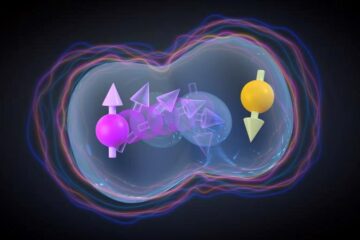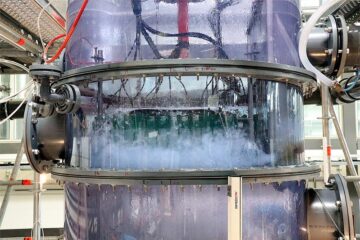Silica-based Photopigments – Silica-based gel with entrapped (photo-)sensitive material

Entrapping sensitive material, e.g. immobilization of biomolecules or immobilization of other light-, pH- and/or temperature sensitive material is a demanding task in the art. That is, immobilization of biomolecules within polymer matrices has gained considerable importance in various fields of biotechnical processes.
For example photosynthetically active components which can absorb light and transfer energy, may be immobilized (entrapped) within suitable immobilization compounds, like polymer matrices for biotechnical processes. However, photosynthetically active components are extremely unstable and need to be stabilised outside of the cell, in order to use these highly effective components e.g. in third generation photo¬voltaics and artificial photosynthesis, respectively. The immobilized sensitive material includes active components, like the mentioned photosynthetically active components, but also optically and electrochemically active material. Beside encapsulation of whole cells, cell compartments or cell organelles as well as biological macromolecules including proteins, enzymes or other sensitive materials have been entrapped or encapsulated. In addition, systems have been described wherein the sensitive materials have been encapsulated in biopolymers first and said encapsulated sensitive materials are coated with e.g. silica allowing to associate soft biocompatible components, like alginate, with a tough thermostable non-swelling component like silica. The present invention describes new transparent silica-based gel and “glass” with entrapped sensitive material which is in particular light-, pH- and/or temperature- sensitive and furthermore a method of its preparation.
Weitere Informationen: PDF
PROvendis GmbH
Tel.: +49 (0)208/94105 10
Ansprechpartner
Dipl.-Ing. Alfred Schillert
Media Contact
Alle Nachrichten aus der Kategorie: Technologieangebote
Neueste Beiträge

Experiment öffnet Tür für Millionen von Qubits auf einem Chip
Forschenden der Universität Basel und des NCCR SPIN ist es erstmals gelungen, eine kontrollierbare Wechselwirkung zwischen zwei Lochspin-Qubits in einem herkömmlichen Silizium-Transistor zu realisieren. Diese Entwicklung eröffnet die Möglichkeit, Millionen…

Stofftrennung trifft auf Energiewende
Trennkolonnen dienen der Separation von unterschiedlichsten Stoffgemischen in der chemischen Industrie. Die steigende Nutzung erneuerbarer Energiequellen bringt nun jedoch neue Anforderungen für einen flexibleren Betrieb mit sich. Im Projekt ColTray…

Kreuzfahrtschiff als Datensammler
Helmholtz-Innovationsplattform und HX Hurtigruten Expeditions erproben neue Wege in der Ozeanbeobachtung. Wissenschaftliche Forschung nicht nur von speziellen Forschungsschiffen aus zu betreiben, sondern auch von nicht-wissenschaftlichen Schiffen und marinen Infrastrukturen –…

















